Food play ideas are so important for a child’s good relationship with food. This blog post is all about food play ideas.
DISCLOSURE This post may contain affiliate links, meaning if you decide to make a purchase via my links, I will earn a commission at no extra cost to you. As an Amazon Associate I earn from qualifying purchases. Thank you for your support.
Disclaimer: The information provided in this blog post is for educational purposes only and should not be used as a substitute for professional medical advice, diagnosis, or treatment. Always seek the guidance of your pediatrician or qualified healthcare provider with any questions you may have regarding your child’s health. If you think your child may have a medical emergency, call your doctor or emergency services immediately. Read our full Medical Disclaimer here.
As parents, we often find ourselves in a constant battle to get our kids to eat a balanced diet. But what if we told you that playing with food could actually help? Yes, you read that right! Food play can be a powerful tool in developing a positive relationship between children and their meals. In this post, we’ll explore fun and engaging food play ideas that will not only entertain your little ones but also encourage healthy eating habits.
You might also like to read our posts about Picky toddler eater: 8 insanely useful tips and strategies, Picky toddler dinner ideas: 6 healthy ideas, and Snacks for Picky Eaters: 5 Nutritious Snack Time Solutions.
Food Play Ideas: Why Food Play Matters
Before we dive into the ideas, let’s understand why food play is important:
- It reduces food anxiety and pickiness
- It encourages sensory exploration
- It develops fine motor skills
- It fosters creativity and imagination
- It creates positive associations with mealtimes
Now, let’s get our hands messy with some fantastic food play ideas!
1. Food Play Ideas: Create Edible Art
Transform your dining table into an art studio! Provide your kids with a variety of colorful fruits, vegetables, and other healthy foods to create edible masterpieces. Here are some ideas:
- Fruit and veggie faces: Use sliced cucumbers for eyes, carrot strips for hair, and cherry tomatoes for a nose.
- Rainbow plates: Arrange foods in the colors of the rainbow.
- Vegetable stamping: Cut vegetables into shapes and use them as stamps with hummus or yogurt-based dips.
This activity not only sparks creativity but also familiarizes children with different textures and colors of healthy foods.
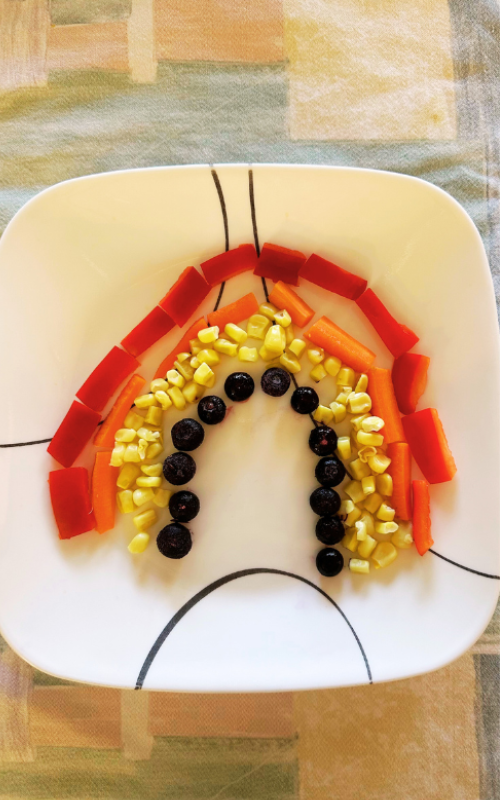
2. Food Play Ideas: Build Food Structures
Turn mealtime into construction time! Use food items to build structures, encouraging problem-solving skills and spatial awareness. Try these:
- Broccoli trees and cauliflower clouds
- Celery stick log cabins with peanut butter “glue”
- Cucumber slice stepping stones
- Whole grain cracker skyscrapers
Remember to eat your creations afterward – no food waste here!
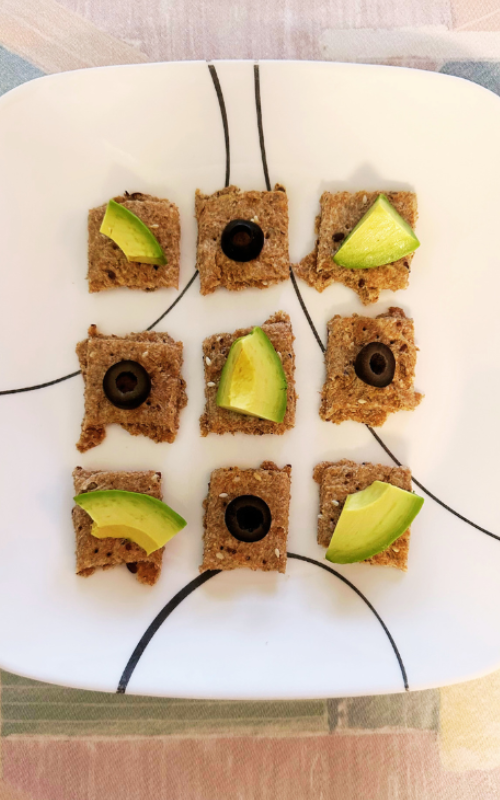
3. Play Food-themed Games
Incorporate food into classic games to make them both fun and educational:
- Food bingo: Create bingo cards with different fruits and vegetables. Mark off each item as you taste it.
- Blindfolded taste test: Blindfold your child and have them guess different foods by taste and texture.
- Food scavenger hunt: Hide plastic toy foods or real fruits and vegetables around the house or garden for kids to find.
These games help children learn about different foods in a pressure-free environment.

4. Cook Together
Involve your kids in meal preparation. Even young children can participate in simple tasks:
- Mixing ingredients in a bowl
- Kneading dough
- Washing fruits and vegetables
- Arranging toppings on a pizza
Cooking together teaches valuable life skills and gives children a sense of ownership over their meals, making them more likely to try new foods.
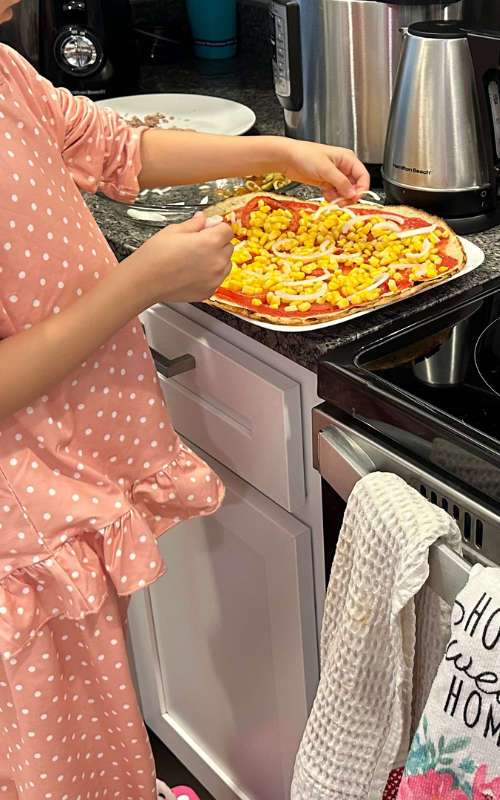
5. Create Sensory Bins
Sensory play is crucial for child development. Create food-themed sensory bins using:
- Dried pasta or rice
- Jelly or gelatin
- Cooked and cooled spaghetti
- Mashed potatoes
Hide toy fruits and vegetables or kitchen utensils in the bins for children to find. These clear plastic storage bins are great. This activity helps develop tactile senses and can be particularly beneficial for children with sensory processing issues.
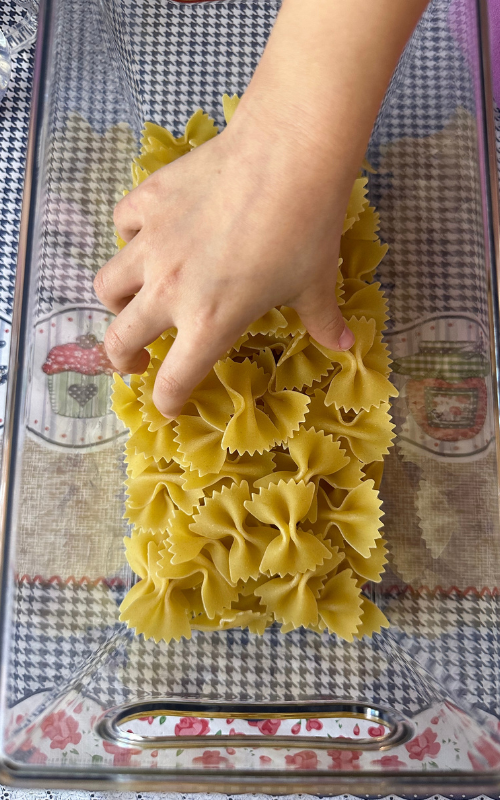
6. Make Food Puppets
Turn fruits and vegetables into characters! Use toothpicks to attach googly eyes to:
- Bell peppers
- Apples
- Pears
- Potatoes
Encourage your children to create stories with their food puppets before eating them. This activity combines imaginative play with healthy eating.
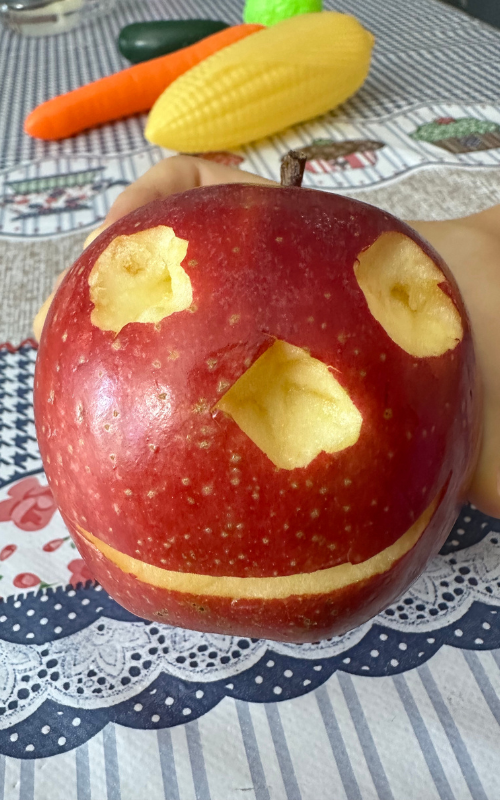
7. Conduct Kitchen Science Experiments
The kitchen is a perfect laboratory for young scientists. Try these food-based experiments:
- Make a volcano with baking soda and vinegar
- Observe how different liquids layer in a glass based on density
- Watch how salt affects the freezing point of water
These experiments teach basic scientific principles while using common kitchen ingredients.
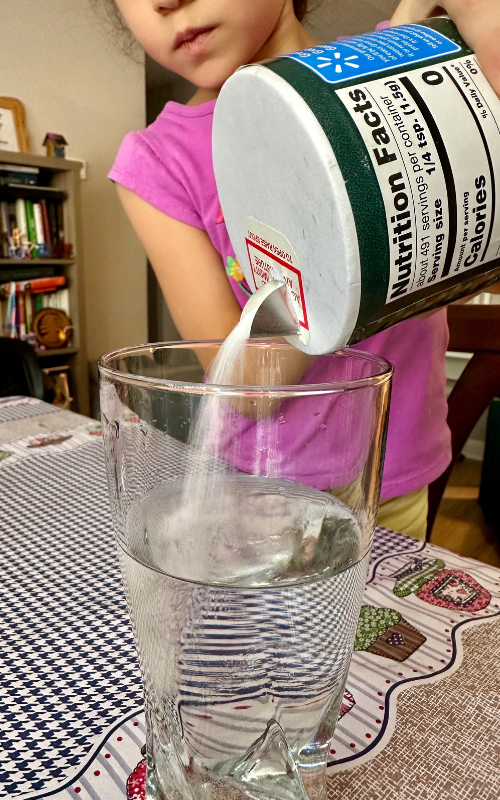
8. Play Restaurant
Set up a pretend restaurant with your children. They can:
- Create menus using pictures of healthy foods
- Take orders from family members
- Prepare simple dishes (with supervision)
- Practice table setting
This role-play activity teaches about different foods, encourages language development, and introduces basic math concepts through “taking orders” and “handling money.”
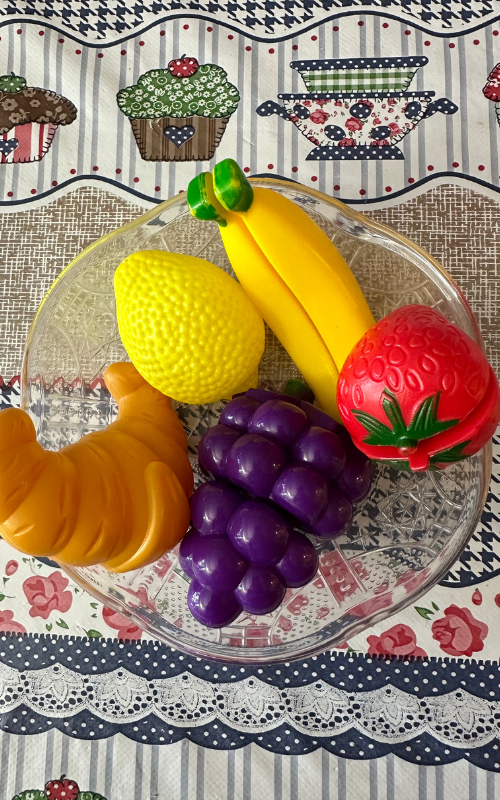
9. Play Supermarket
Set up a pretend supermarket or go to a public library or museum that has one in a kid size. Teach them:
- How to choose the right vegetables and ripe fruits
- Picking foods that would put together meals
- Scanning the food items on the cash register
- How to pay using cash or card
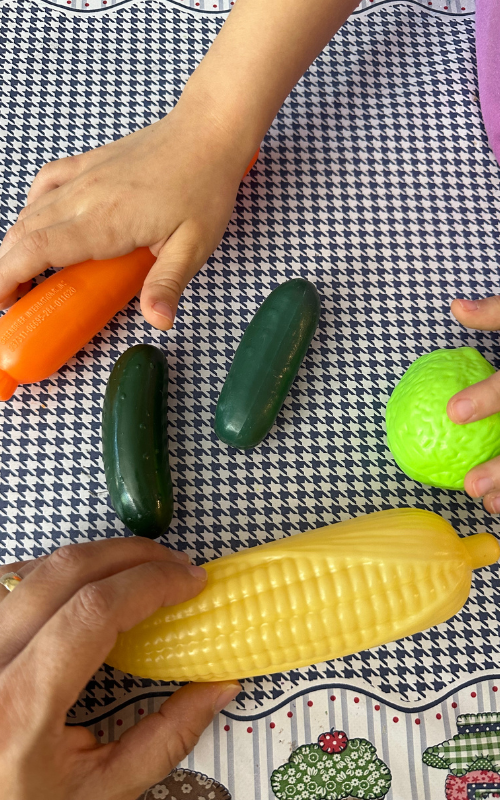
10. Go on a Texture Adventure
Explore different food textures to broaden your child’s palate:
- Smooth: Yogurt, mashed potatoes, hummus
- Crunchy: Apples, carrots, whole grain crackers
- Chewy: Dried fruits, cooked pasta
- Soft: Bananas, cooked vegetables, scrambled eggs
Create a “texture tasting plate” and discuss the different sensations with your child. This bamboo plate for kids is the one we use at home.
11. Plant an Edible Garden
If you have outdoor space or even a sunny windowsill, involve your children in growing their own food:
- Start with easy-to-grow herbs like basil or mint (in pots)
- Plant fast-growing vegetables like radishes or lettuce (also possible in pots)
- Create a themed garden, like a “pizza garden” with tomatoes, basil, and bell peppers
Gardening teaches children about where food comes from and often makes them more willing to try foods they’ve grown themselves. These are the pots we used: Homenote Pots for Plants.
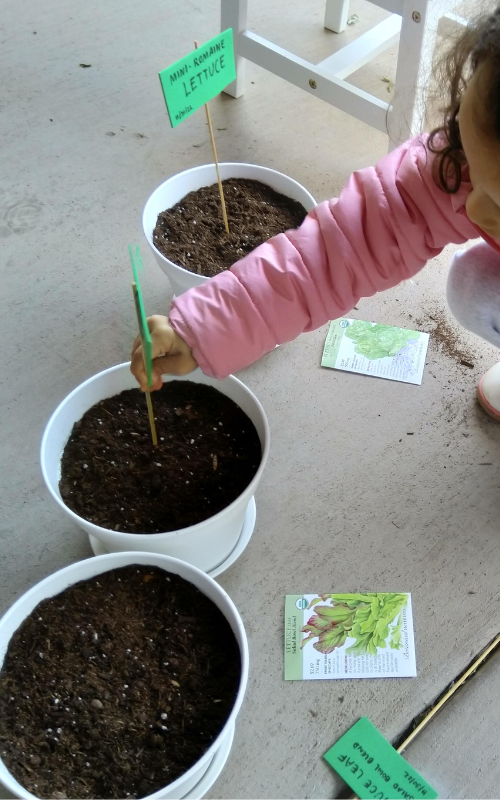
Conclusion
This post is all about food play ideas. Food play is more than just fun – it’s a valuable tool in developing a healthy relationship with food. By incorporating these ideas into your family routine, you can help your children become adventurous eaters, learn important life skills, and create positive memories around food.
Remember, the goal isn’t to pressure children into eating everything, but to create a relaxed, enjoyable atmosphere around food. Be patient, let your children lead the way in their exploration, and don’t forget to join in the fun yourself!
So, are you ready to play with your food? Your kids will thank you for it, and you might just find yourself having a blast too. Happy food playing!

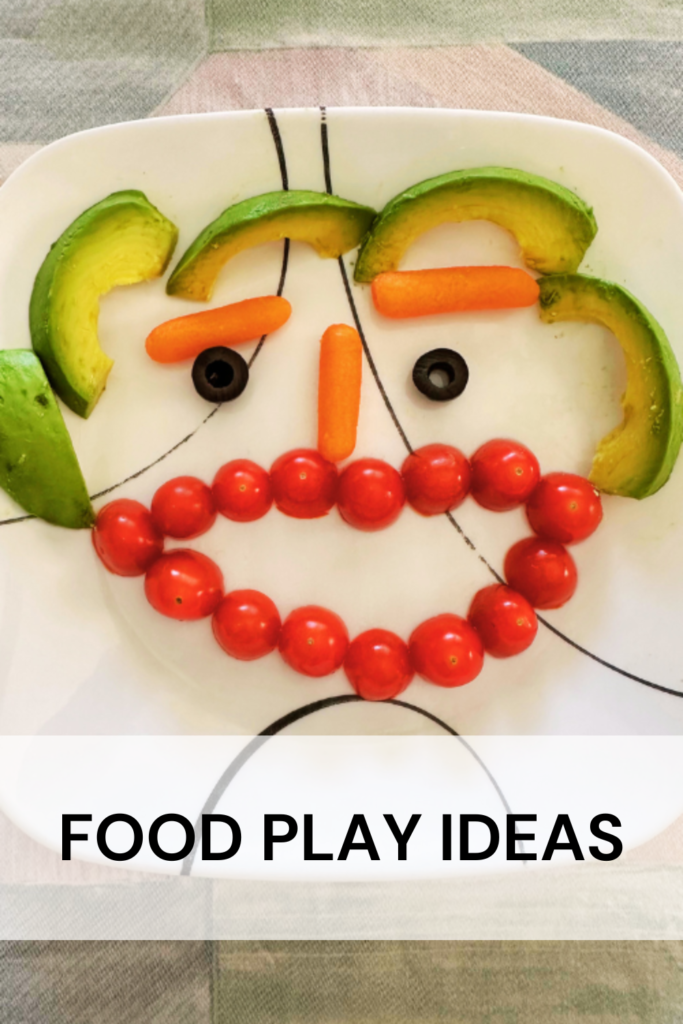
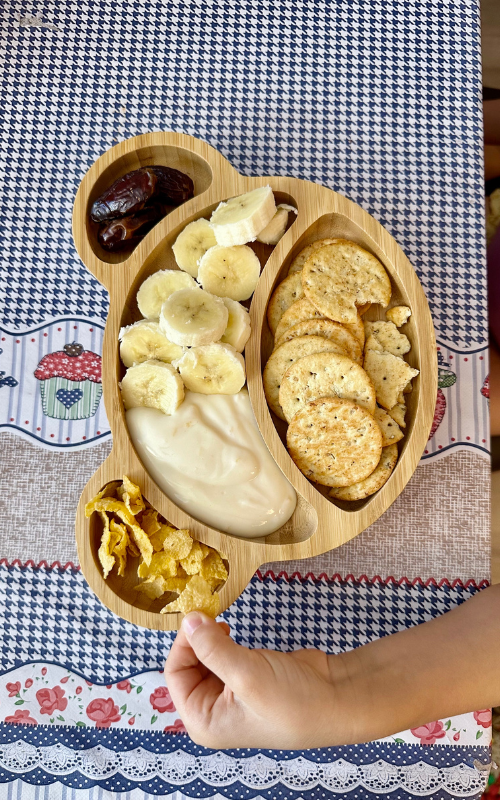


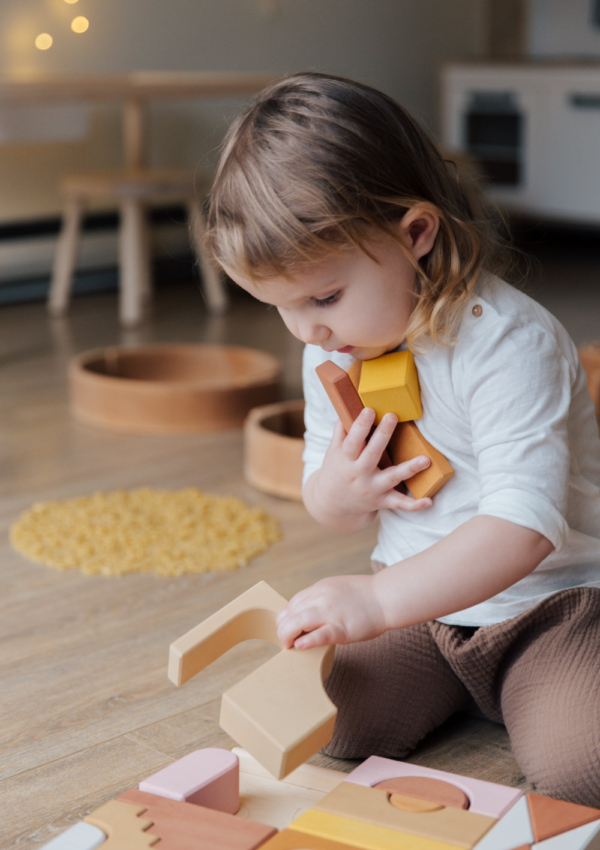


Leave a Reply